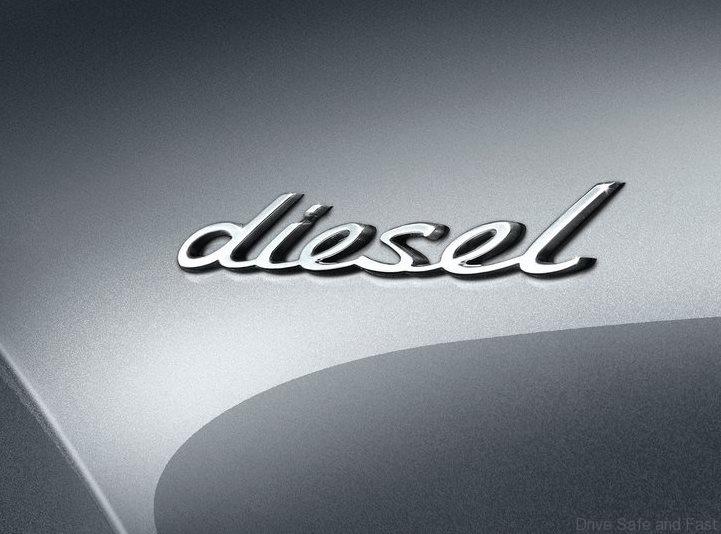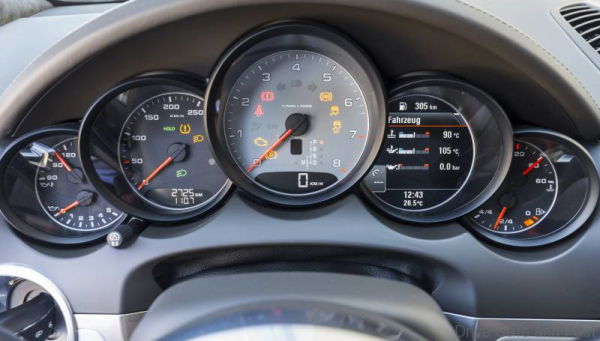Stricter European emission looming in the near term, standards to progressively increase the costs of diesels engines, which will require expensive after-treatment systems to meet new rules. This will increase the retail price of diesel models, which are less expensive to purchase than most rival models today. It also will make the total cost of ownership of diesels less competitive, whereas today a diesel becomes less expensive to run than its rivals after as little as 30,000km. At the same time, electric vehicles and plug-in hybrids will gain in competiveness because the cost of their batteries will decrease with their range and performance will increase. Diesel engines will account for 9% of new-car sales in Europe by 2030 which is down from about 50% today as automaker are forced to rely on electrified powertrains to meet tougher emissions rules.
There are several other factors that are expected to boost the shift toward electrified powertrains in Europe:
- The growing appreciation by customers of the brisk acceleration that EVs provide will make that feature more important than top-end speeds that are seldom if ever reached.
- EVs that are homologated to travel 500km on a single charge will achieve a real range of 300km, which is enough to alleviate range anxiety in most customers.
- Software improvements will make it possible to significantly increase the range of an EV during its life cycle, which is something automaker could not do with internal combustion engines.






